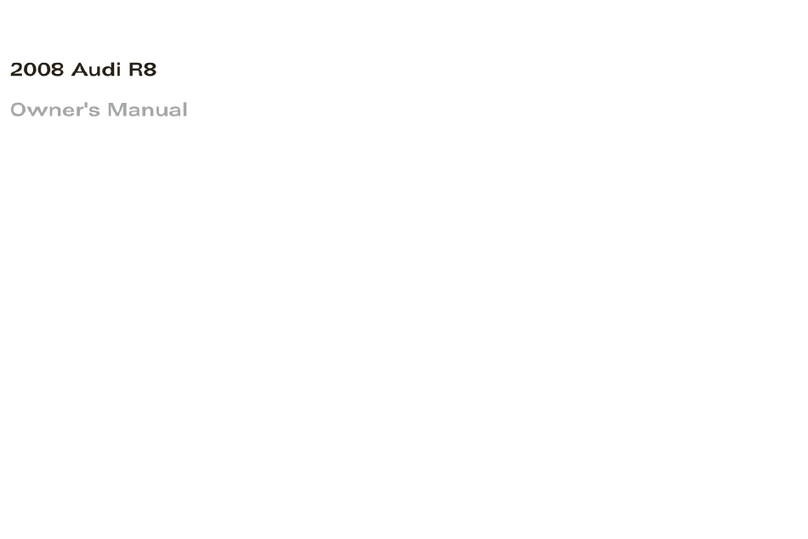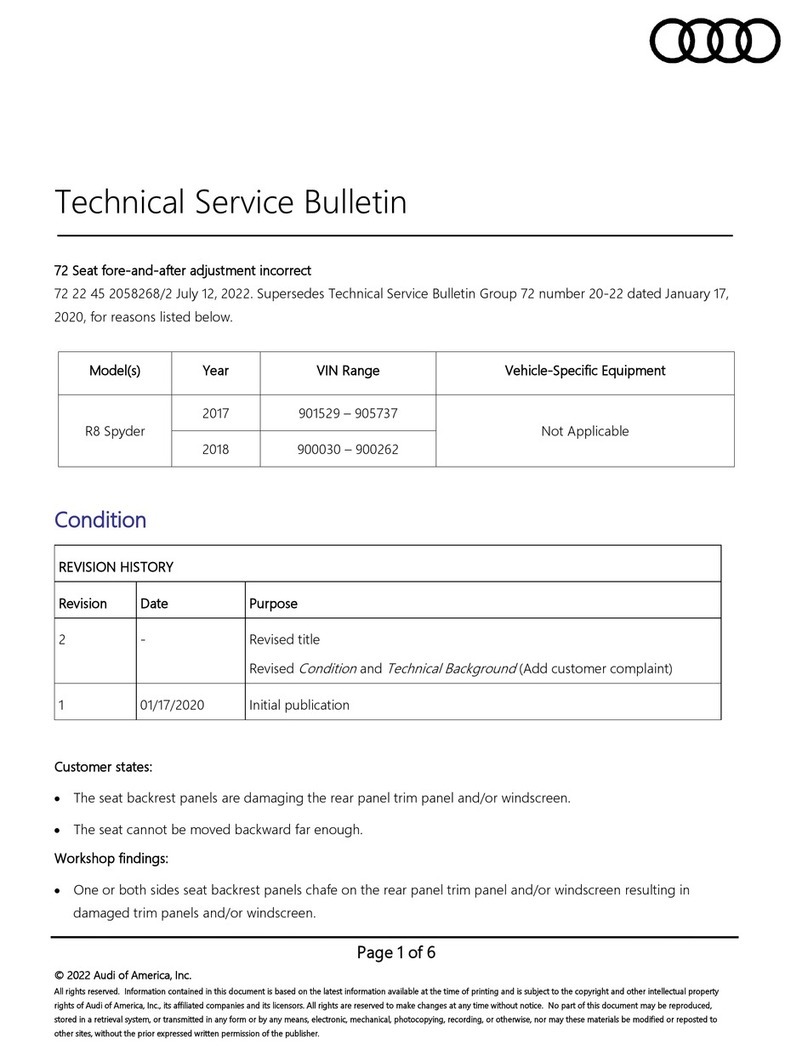Audi ST?SIS Instruction sheet
Other Audi Automobile manuals
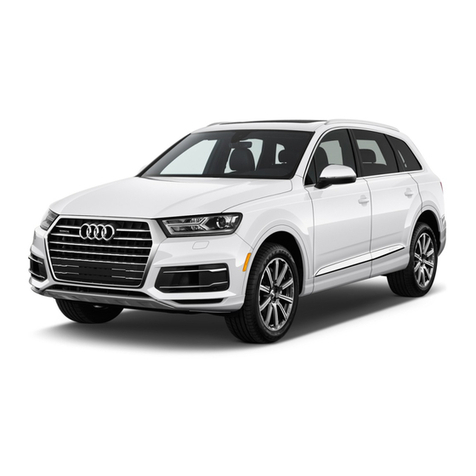
Audi
Audi q7 2017 User manual

Audi
Audi R8 LMS 2018 User manual
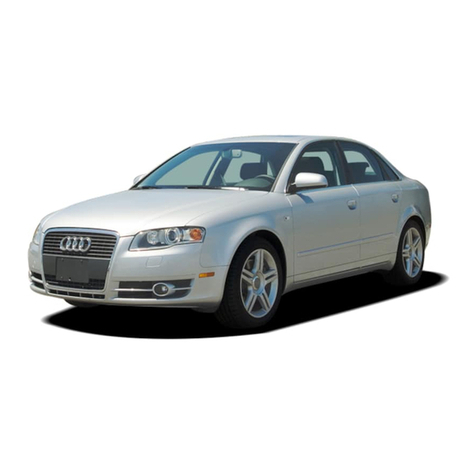
Audi
Audi A4 2005 Manual
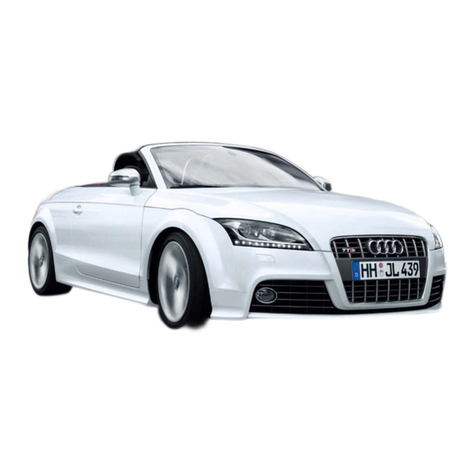
Audi
Audi 1999 TT User manual
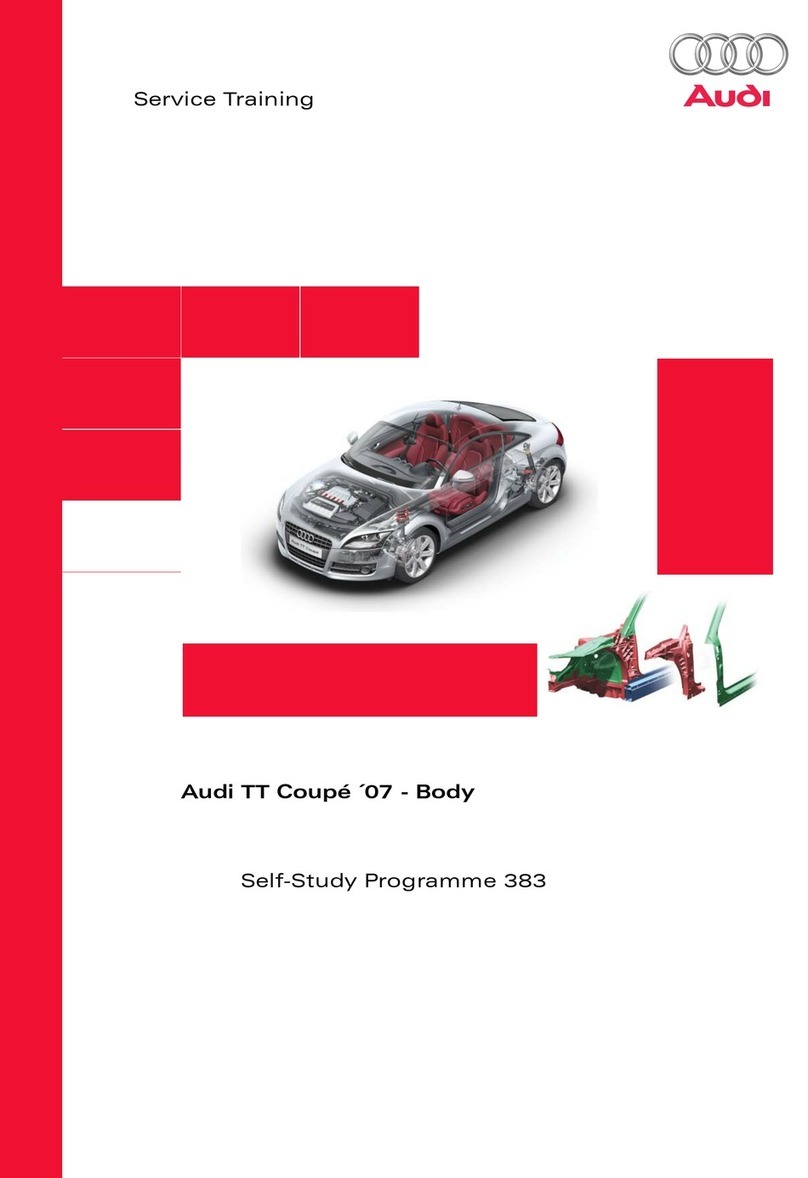
Audi
Audi TT Coupe '07 383 Assembly instructions
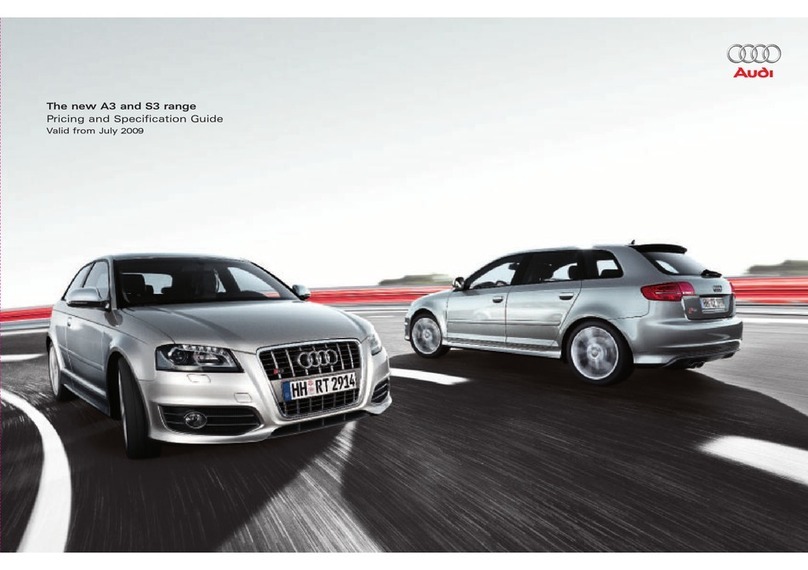
Audi
Audi A3 Sportback User manual
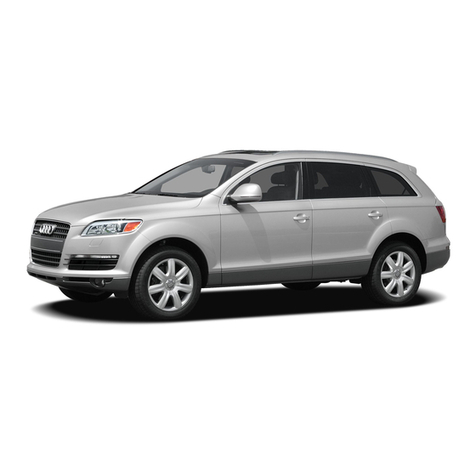
Audi
Audi Q7 2007 Instruction manual

Audi
Audi RS 4 CABRIOLET User manual
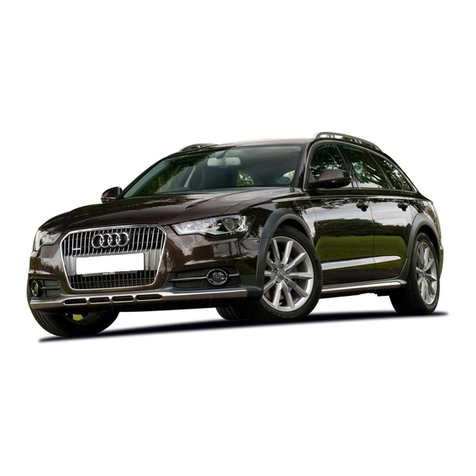
Audi
Audi A6 ALLROAD QUATTRO User manual

Audi
Audi A4 2021 Instruction Manual

Audi
Audi A8 1994 User manual
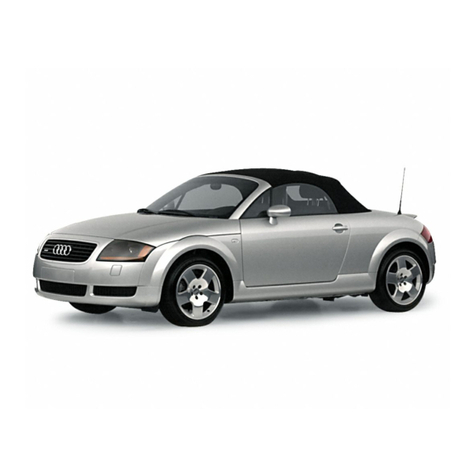
Audi
Audi TT Roadster User manual
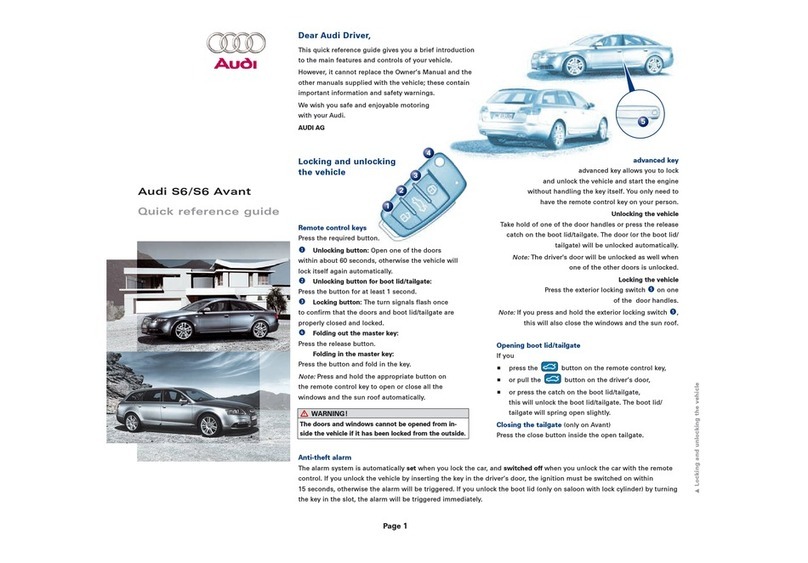
Audi
Audi Audi S6 User manual
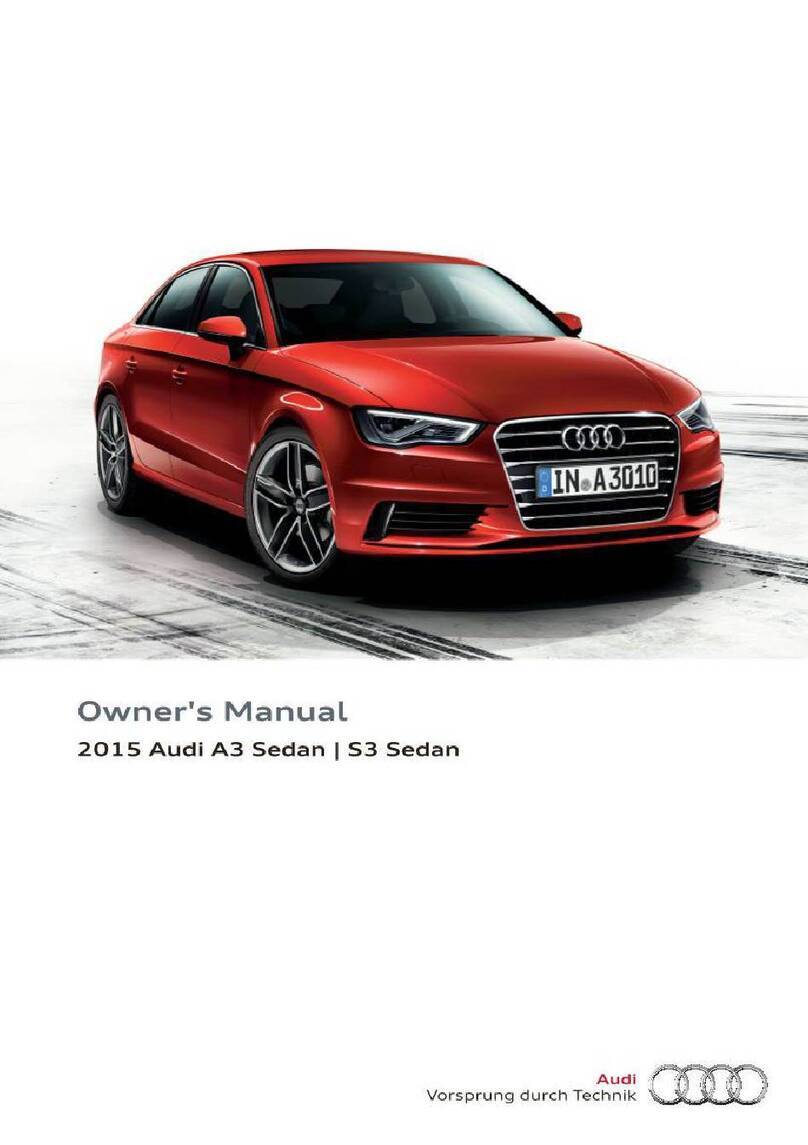
Audi
Audi A3 Sedan 2015 User manual

Audi
Audi QUATTRO User manual
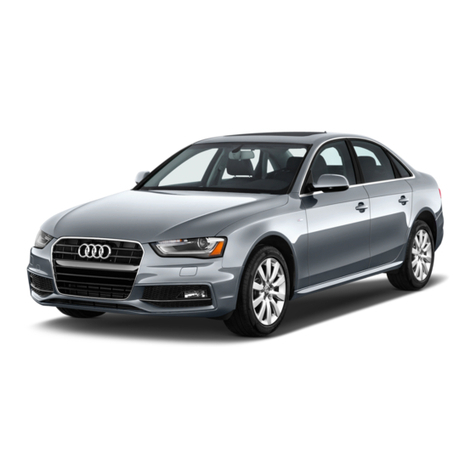
Audi
Audi A4 2015 Operating instructions

Audi
Audi S4 Assembly instructions

Audi
Audi Q7 2007 Operating instructions
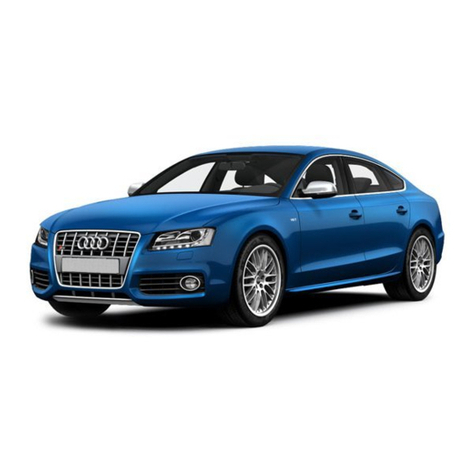
Audi
Audi S5 CABRIOLET User manual

Audi
Audi TT Roadster 2018 User manual
